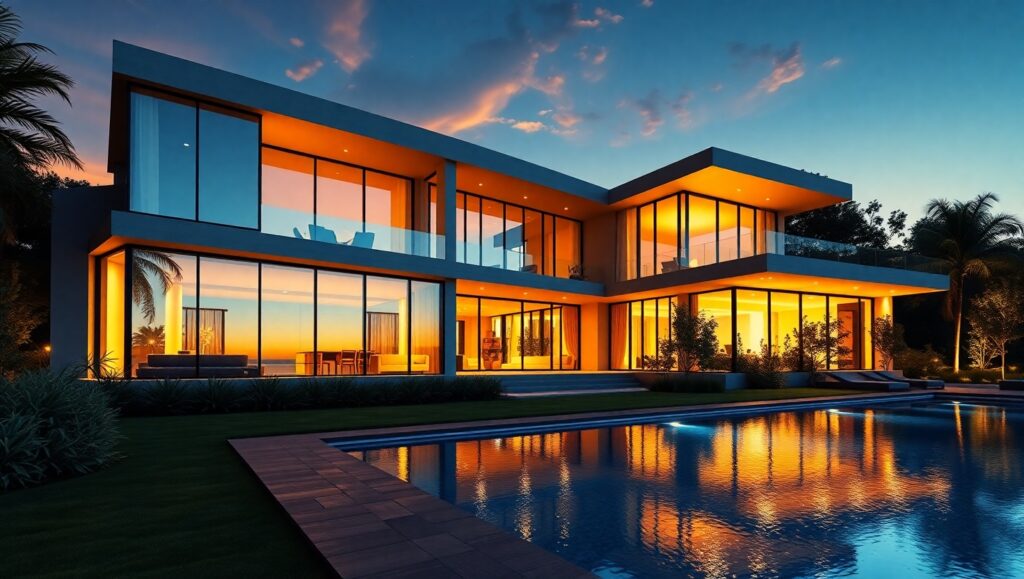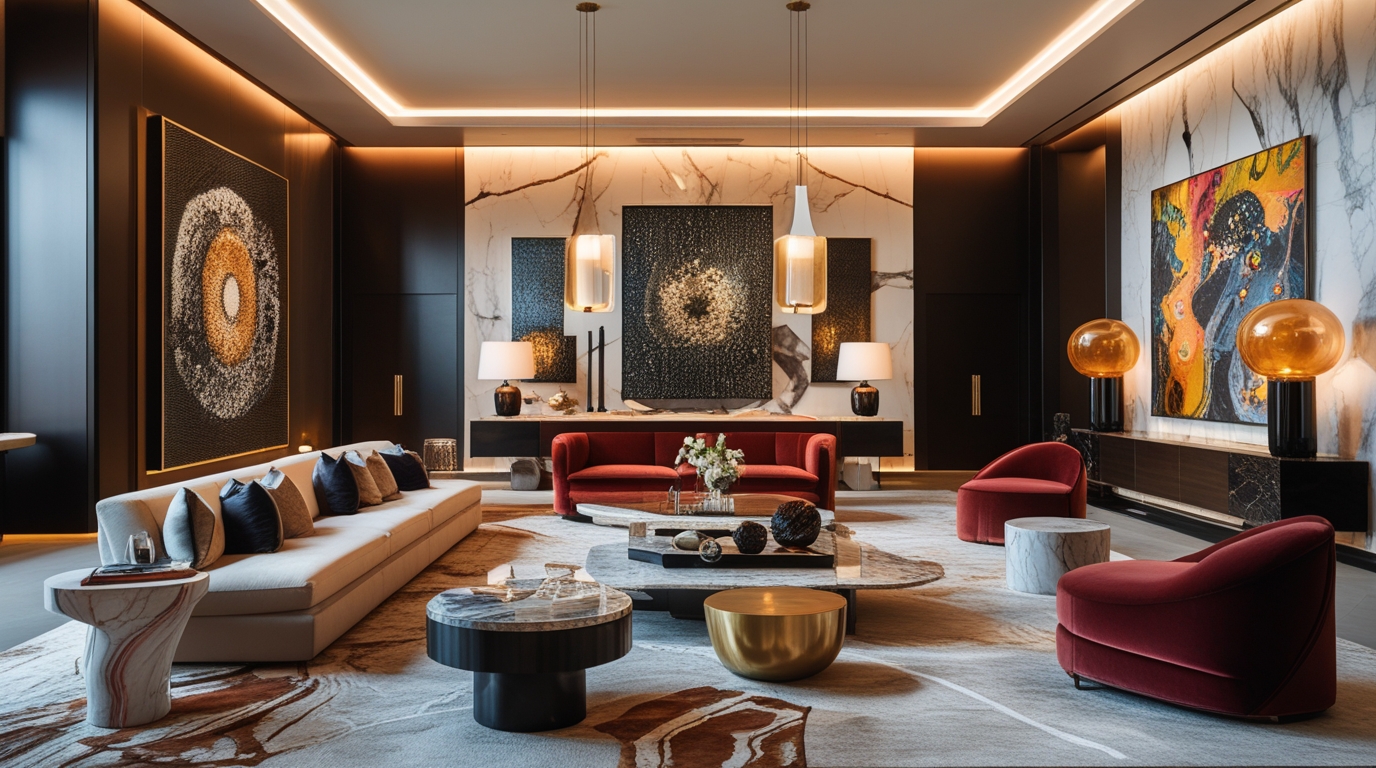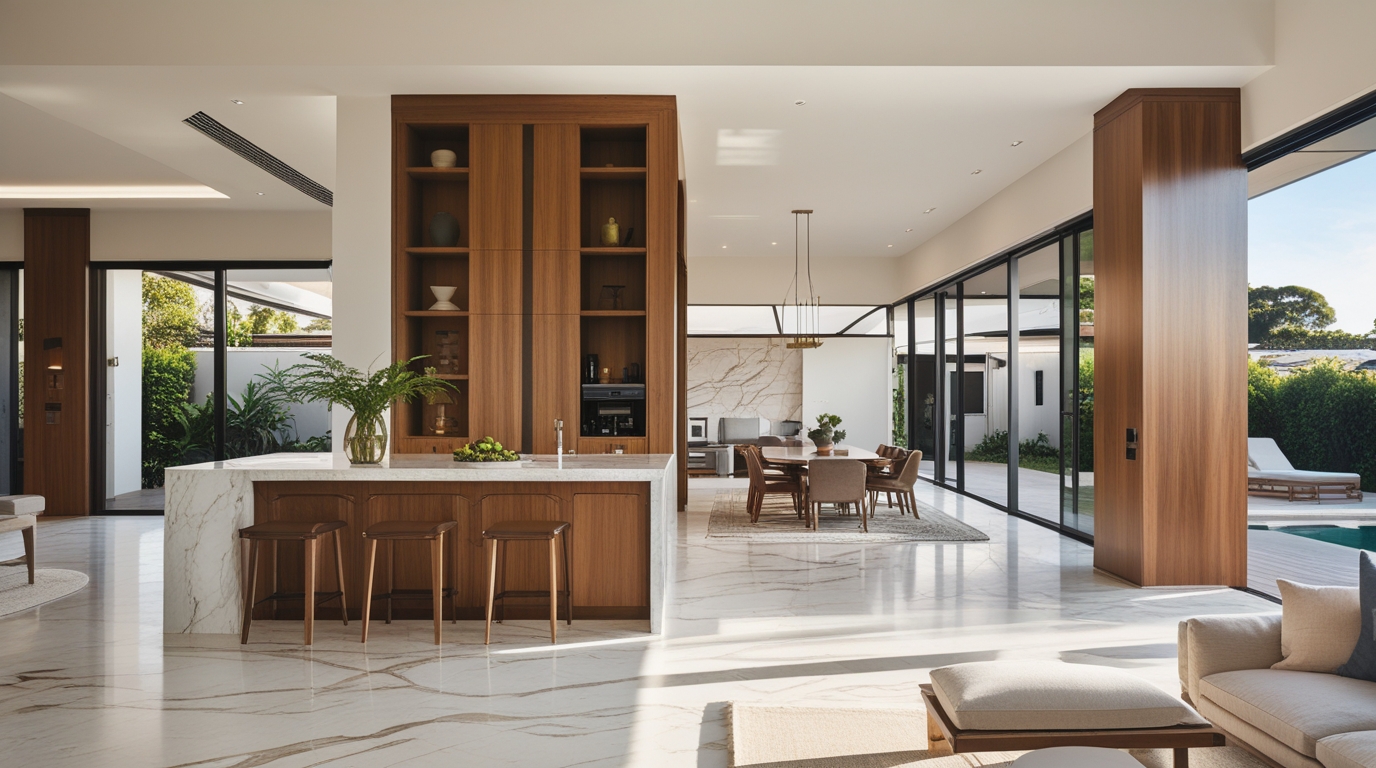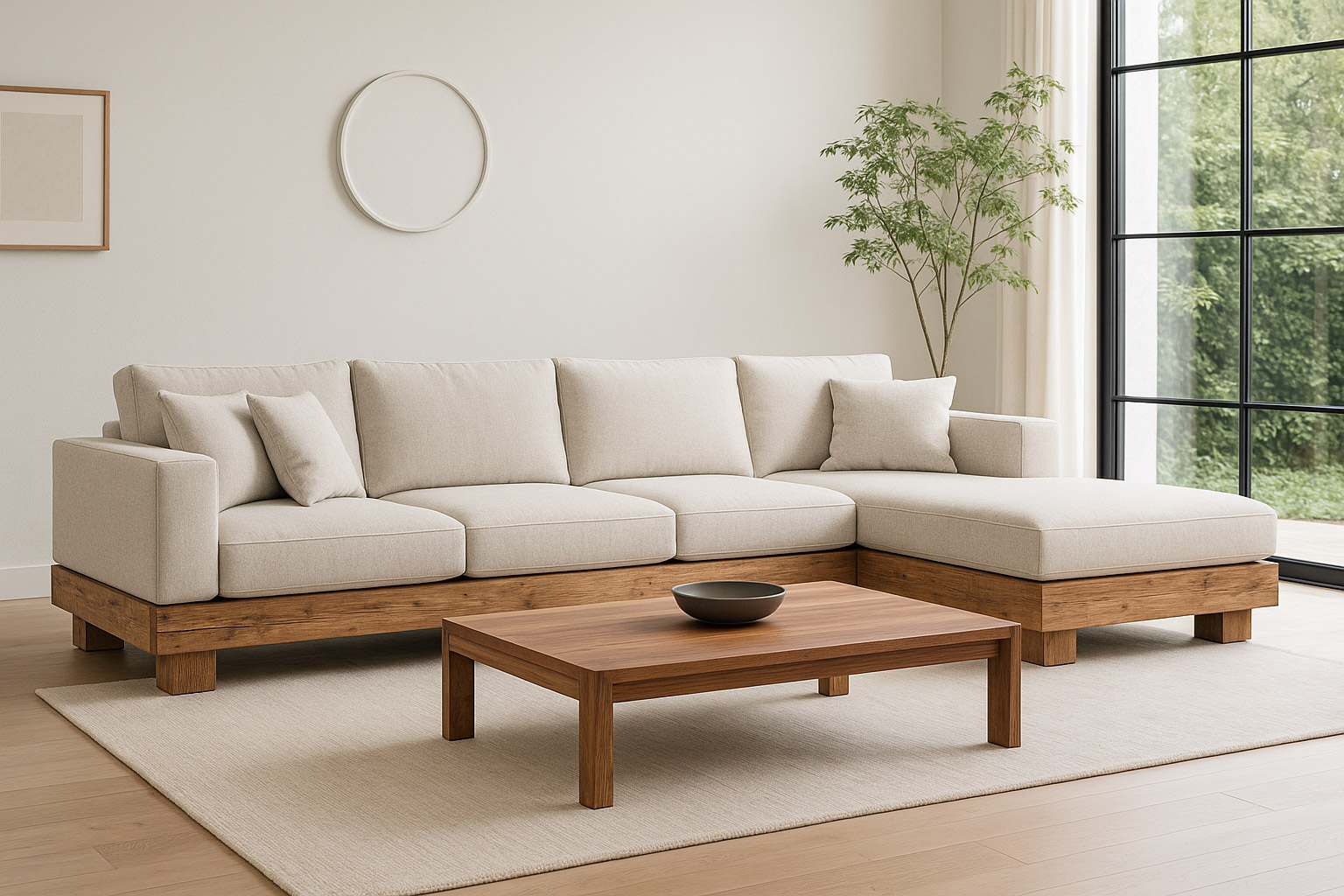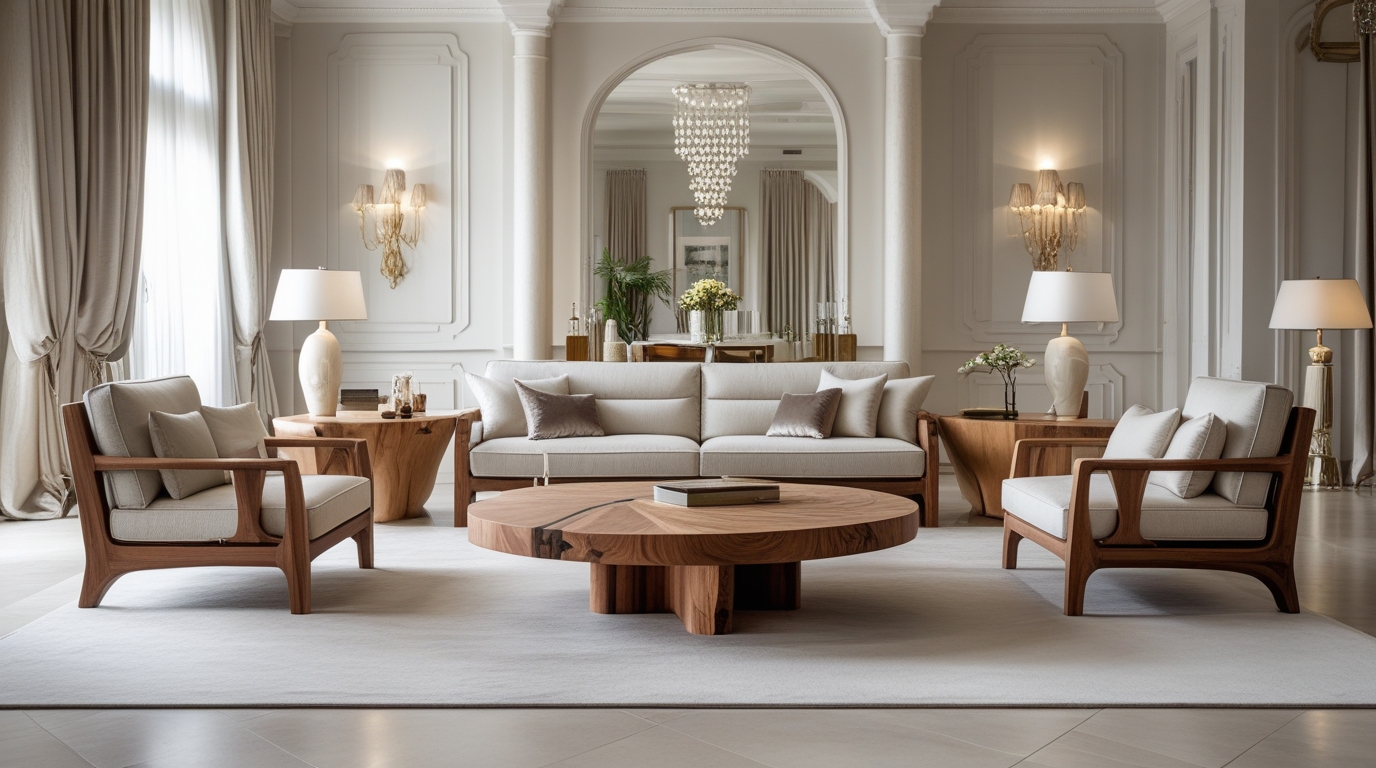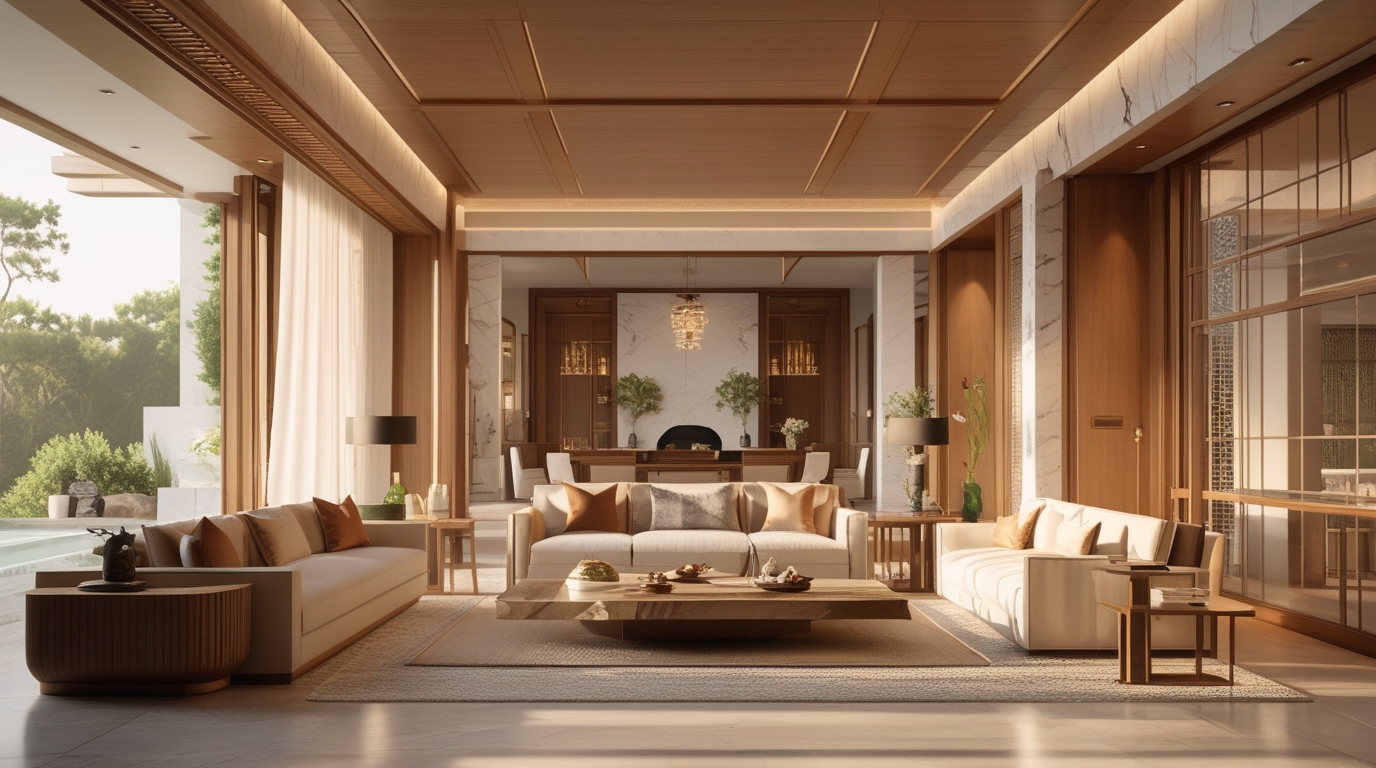In today’s evolving property landscape, the definition of a luxury home transcends mere price tags and postcode prestige. True luxury is now measured through an interplay of design, location, exclusivity, materials, sustainability, and how well a property caters to the discerning tastes of high-end buyers.
This guide will explore what truly defines a luxury home in the modern era and provide valuable insight for buyers, developers, and interior design professionals alike.
1. Prime Location: Timeless Demand
Luxury homes are almost always situated in sought-after areas—coastal frontages, exclusive inner-city neighbourhoods, elevated sites with panoramic views, or heritage precincts. These properties are often nestled in areas that offer both prestige and privacy, balancing convenience with exclusivity.
Location doesn’t just influence desirability—it underpins long-term value. Top luxury real estate in Australia often includes homes in Mosman, Toorak, Noosa Heads, and the Mornington Peninsula. International buyers are increasingly seeking secure, well-located Australian homes for lifestyle, security, and investment.
2. Architectural Excellence
In today’s market, luxury means more than size or spectacle. It requires excellence in architecture—unique, intelligent, and often custom-designed to make the most of natural surroundings. Whether it’s contemporary coastal minimalism, Art Deco revival, or timeless Hamptons-inspired living, architectural brilliance speaks volumes.
Discerning buyers look for spatial harmony, design cohesion, and structural quality. The design must not only impress aesthetically but also function intuitively for day-to-day life.
3. Superior Materials and Finishes
Materials matter. True luxury homes showcase superior finishes—think hand-selected marble, solid oak parquetry, bespoke joinery, European appliances, and brushed brass fittings. Walls might be finished with lime wash or Venetian plaster, and outdoor areas might feature sustainably harvested teak or aluminium furniture from providers like The Exclusive Home.
Every surface, detail, and fixture contributes to an atmosphere of refinement. Unlike off-the-shelf offerings, luxury properties reflect craftsmanship, curation, and a rejection of the ordinary.
4. Bespoke Interiors
A defining characteristic of luxury homes today is personalisation. Owners often collaborate with interior designers to craft a home that reflects their lifestyle, heritage, or passions—whether through custom-built libraries, wine rooms, wellness spaces, or opulent dressing suites.
Luxury furniture plays a significant role in defining these interiors. Custom pieces that complement architectural themes—from curved velvet sofas to sculptural console tables—make a space feel truly exceptional. Bespoke furnishing options, such as those offered by The Exclusive Home, enable homeowners to elevate interiors beyond standard trends.
5. Sustainability as a Status Symbol
Eco-luxury is on the rise. Today’s affluent buyer seeks homes that are both beautiful and responsible—featuring energy efficiency, solar integration, green roofs, reclaimed materials, and water conservation systems.
Sustainable homes are not only better for the environment—they’re a growing marker of social awareness and architectural innovation. This evolution aligns with the values of younger luxury buyers and adds depth to the concept of prestige.
6. Technology and Smart Living
Modern luxury homes are expected to be intelligent. Automation systems control lighting, climate, blinds, security, and even fragrance with ease. Advanced AV systems, temperature-controlled wine cellars, biometric security, and voice-controlled features have become standards, not extras.
Discreet integration is key—technology should complement the aesthetics without intruding upon them.
7. Indoor-Outdoor Flow
A hallmark of Australian luxury is seamless indoor-outdoor living. Expansive sliding doors, resort-style pools, alfresco kitchens, and landscaped gardens blur the line between architecture and nature.
Outdoor living areas are often styled with the same care as interiors. Using luxurious, climate-resistant pieces from brands like The Exclusive Home, can create a continuous sense of elegance from within to beyond.
8. Exclusivity and Privacy
What defines a luxury home more than anything else is its exclusivity. Whether through limited access, private roadways, gated estates, or discreet designs that keep the outside world at bay, privacy is a premium.
Some buyers seek properties with history or celebrity ownership, while others value homes that can’t be replicated—those with handcrafted finishes or once-in-a-lifetime views.
Conclusion
Today’s luxury homes reflect a refined lifestyle—one shaped by considered design, unique furnishings, and environmental responsibility. It’s a definition shaped not just by wealth but by intent, aesthetics, and future-forward values. As the luxury real estate market evolves, so too do the expectations of what makes a home truly exceptional.

